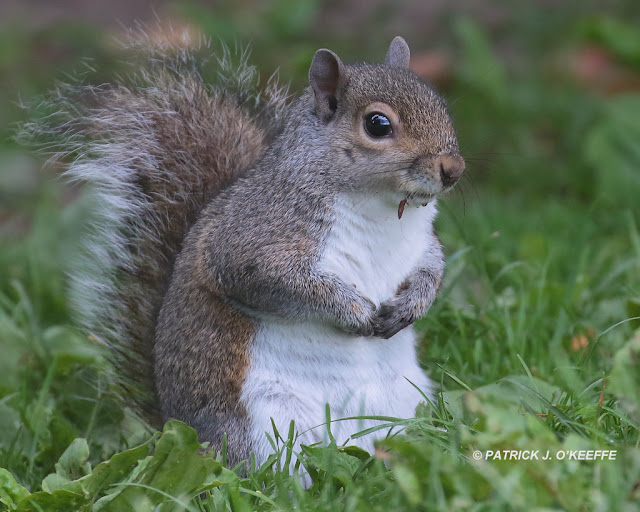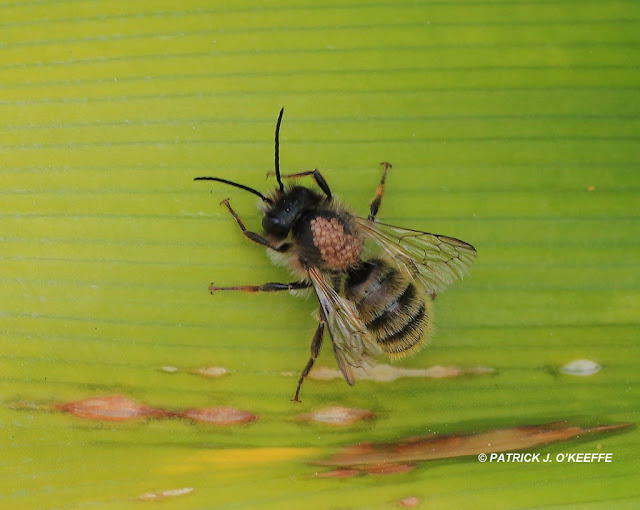CLICK ON PHOTO TO SEE HIGHER QUALITY IMAGE
Click external link here for detailed species information
Patrick J. O'Keeffe / Raw Birds
Click external link here for detailed species information
The Buff-tailed Bumblebee (Bombus terrestris) is of the family Apidae which is in the genus Bombus. This species is commonly found throughout the temperate regions of Europe,
The Middle East, northern Africa and has been introduced to other countries including Australia (Tasmania), Japan as well as parts of South America.
It is not normally seen in Ireland during the colder months of the year. In late autumn the worker bees and the males (drones) die off and the gravid queen hibernates for the winter. In recent times, it has been on the
wing all year round mainly at coastal locations where shrubs such as
Hebe (Hebe × franciscana), Gorse (Ulex europaeus) and Fuchsia (Fuchsia magellanica) have continued to flower in mild winters.
Aquilegias produce their nectar in spurs which project from the rear of the flower head and are pollinated by long tonged insects, including hawkmoths. Short tonged insects, such as bumblebees, use a method known as nectar robbing and penetrate or cut into the plant's spurs to extract this rich food source. As a results no pollination takes place. In North America aquilegias are also pollinated by hummingbirds.


























